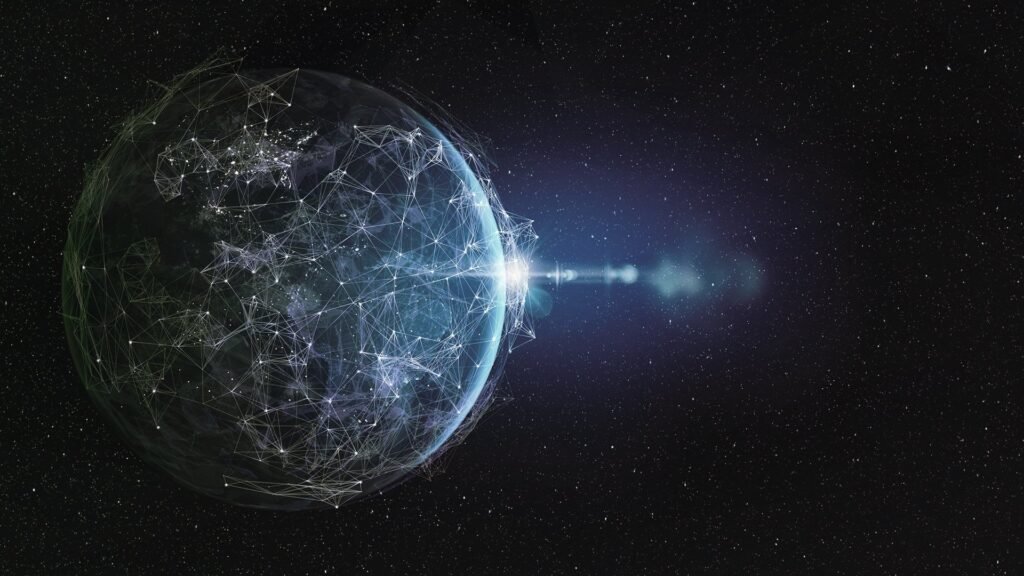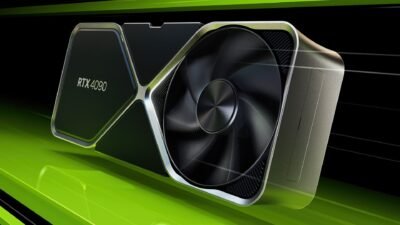China’s “thousand sails” leads to a lot of space debris

A few days ago, China launched the first satellites of its Starlink competitor “Thousand Sails” into space and everything went smoothly, at least as far as the satellites themselves are concerned. The same cannot be said for the associated rocket, because it broke apart.
Mega constellation creates mega debris field
This week, China began building its mega constellation, which is the name given to swarms or fleets of several thousand small satellites. The best-known example is certainly Starlink, which supplies the earth’s surface with fast satellite internet. China also wants to build such a network and this week launched the first 18 satellites into low Earth orbit. This was done using a Long March 6A rocket, which is a tried-and-tested two-stage rocket that has been in use since 2022 and is around 50 meters high.
But last week, after launch or after the satellites were released, the upper stage was affected. The problem is how Space reported that it left behind a large cloud of debris, as the United States Space Command (USSPACECOM) communicated In a statement, it says: “USSPACECOM can confirm the breakup of a Long March 6A rocket launched on August 6, 2024, which resulted in over 300 trackable pieces of debris in low Earth orbit.
USSPACECOM has not identified any immediate threats and continues to conduct routine conjunction assessments to support the safety and sustainability of the space sector.” Objects of at least ten centimeters in diameter are considered “trackable debris,” which means that the cloud of space debris has significantly more pieces, but they are smaller.
In the scene, after this launch or the creation of the debris field, concern about further unwanted debris is growing: “If even a fraction of the launches required to deploy this Chinese mega-constellation were to generate as much space debris as this first launch, this would be an unsustainable increase in the space debris population in low Earth orbit,” said Audrey Schaffer of Slingshot Aerospace, a company specializing in sustainability in space.
Alexia is the author at Research Snipers covering all technology news including Google, Apple, Android, Xiaomi, Huawei, Samsung News, and More.










